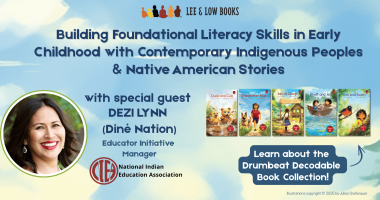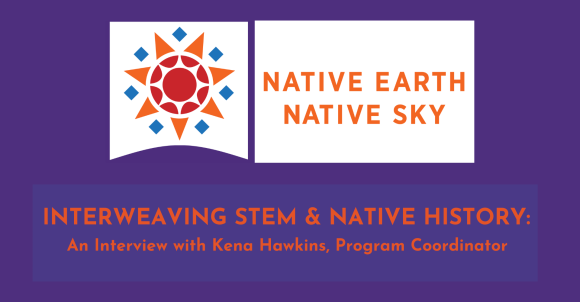In this article, we interview Kena Hawkins (Citizen of the Cherokee Nation). Hawkins is the Program Coordinator at the Native Earth | Native Sky (NENS) program, a cooperative agreement between Oklahoma State University and NASA that aims to increase the understanding of and interest in STEM fields for middle school students in the Cherokee, Choctaw and Chickasaw Nations by developing holistic curriculum that interweaves Native American stories and language with STEM principles.
Tell us more about the Native Earth | Native Sky program. Why was this program created? How do you work alongside NASA?
Native Earth | Native Sky (NENS) was created by Dr. Kat Gardner-Vandy, a citizen of the Choctaw Nation, who was inspired by one of her mentors, Dr. Tim McCoy (Smithsonian Institution), to develop STEM Curriculum that engages Indigenous young people not only to science fields but also to their culture. Gardner-Vandy, as the Principal Investigator, assembled a team at Oklahoma State University to make NENS happen. She is an inspiring leader to the NENS team and is a great role model to me. NASA’s Science Activation Program (SciAct) funds teams like NENS to engage learners with science around the world. SciAct currently has 48 active teams, and we are so grateful to be one of them.
How do you work with the Cherokee, Choctaw, and Chickasaw Nations when you develop your curriculum? Why is it important to interweave their stories and language with STEM principles and ideas?
NENS uses a relationships-first approach to developing our curriculum with each nation. Our collaboration with the Cherokee, Choctaw, and Chickasaw Nations follows the path determined by the Board of Advisors (BOA) established to work with us from each Nation. The Boards of Advisors can include employees from that Native American Nation, educators, administrators, and elders. Our team develops science lessons from the stories that are important to the nation, and the BOA selects those and gives feedback and direction on the lessons as we build them. A huge component that we prioritize is interweaving language into the curriculum. This requires the direct involvement of native speakers from each tribe. It is important to use these stories and the language that goes with them because students from every background deserve to recognize that science and their culture can be integrated, rather than existing in isolation.
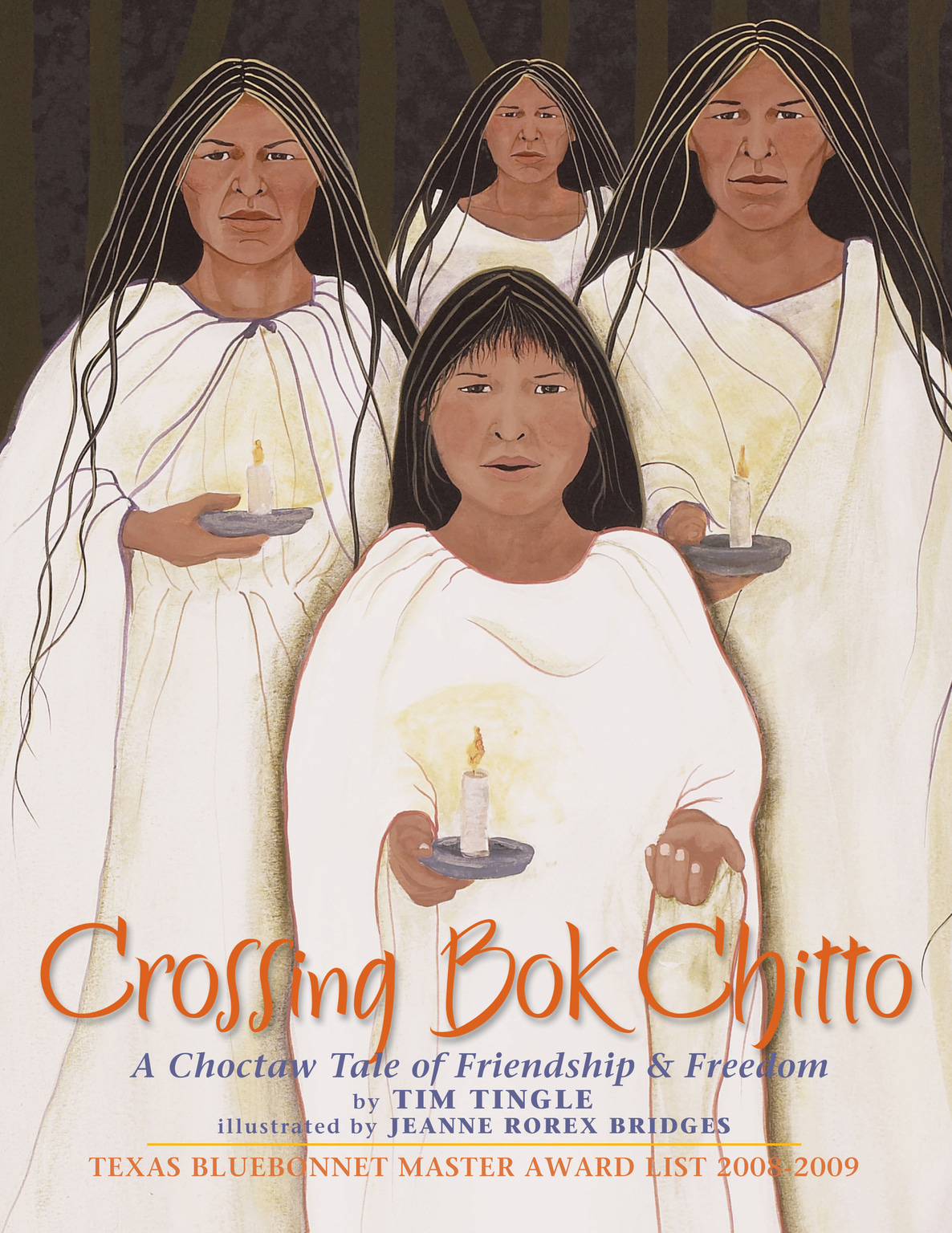
⭐ "In a picture book that highlights rarely discussed intersections between Native Americans in the South and African Americans in bondage, a noted Choctaw storyteller and Cherokee artist join forces with stirring results. . . . Conveys the humanity and resilience of both peoples." —Booklist, starred review
Why did you select Crossing Bok Chitto for your programming? What kinds of STEM themes did you notice in the book?
One of our former Graduate Research Associates, Dr. Sarah McDowell, was a key author in writing the lesson that goes along with Crossing Bok Chitto. This incredible book by Tim Tingle (Choctaw Citizen) was recommended to us by our Choctaw Nation Board of Advisors. Dr. McDowell said she saw this book as a great fit because “the river process plays such an important role in the story that the river essentially becomes a main character.” We got to highlight the traditional perspective that nature is personified in Choctaw Nation culture. Likewise, the focus of the river also lends itself to a science lesson on earth processes. We developed a lesson that refers back to Choctaw language and Crossing Bok Chitto while students explore earth processes in their own communities.
How can we encourage others to use the Crossing Bok Chitto book in their school, and how can educators connect it to their STEM and Science blocks?
I would love to encourage educators to use Crossing Bok Chitto in their classrooms because it is a beautiful story passed down through generations that offers an opportunity to explore the earth processes relevant to the local context of any school across the country. In our curriculum, we have guiding questions to encourage students to explore science principles according to academic standards and Choctaw culture. This can be connected to any science lesson involving earth processes or ecology. While the lesson we created coincides with 6th grade standards, the story can and should be used for any grade level. Page 10 of our curriculum provides the teacher with cultural and scientific background knowledge to share with their students for engaging with Crossing Bok Chitto.
Where can we learn more about Native Earth | Native Sky? What are the next steps for the program?
Visit our website here to learn more about our program. Our curriculum is free to download here, and linked in the Crossing Bok Chitto Teacher’s Guide on Lee & Low’s website. NENS is continuing to create curriculum in collaboration with the Chickasaw Nation and the Cherokee Nation; those will be added to our website as they are finalized.
More Titles for Native American Heritage Month
The Teaching for Change Social Justice Books List is a great resource to discover titles for Native American Heritage Month. Drawn from books recommended by Debbie Reese of American Indians in Children’s Literature (AICL), the list includes the following Lee & Low titles:
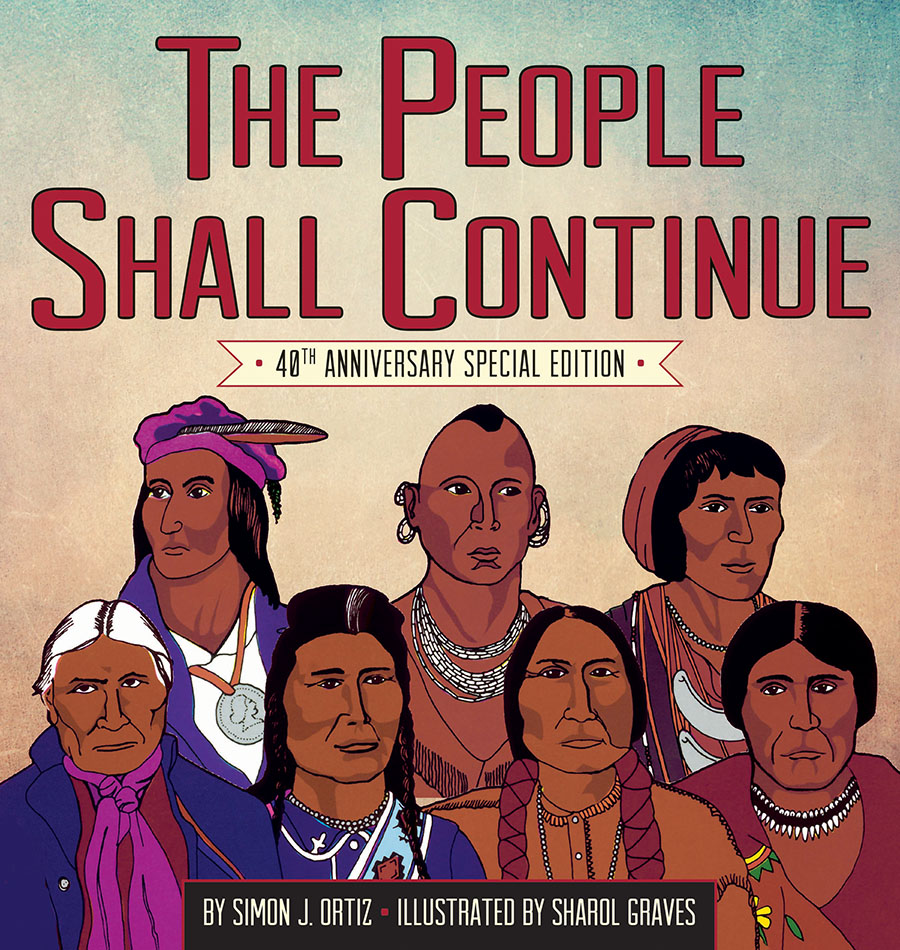
"Ortiz reminds us that we must come together to save our planet." —Debbie Reese, Ph.D., Publisher of American Indians in Children's Literature
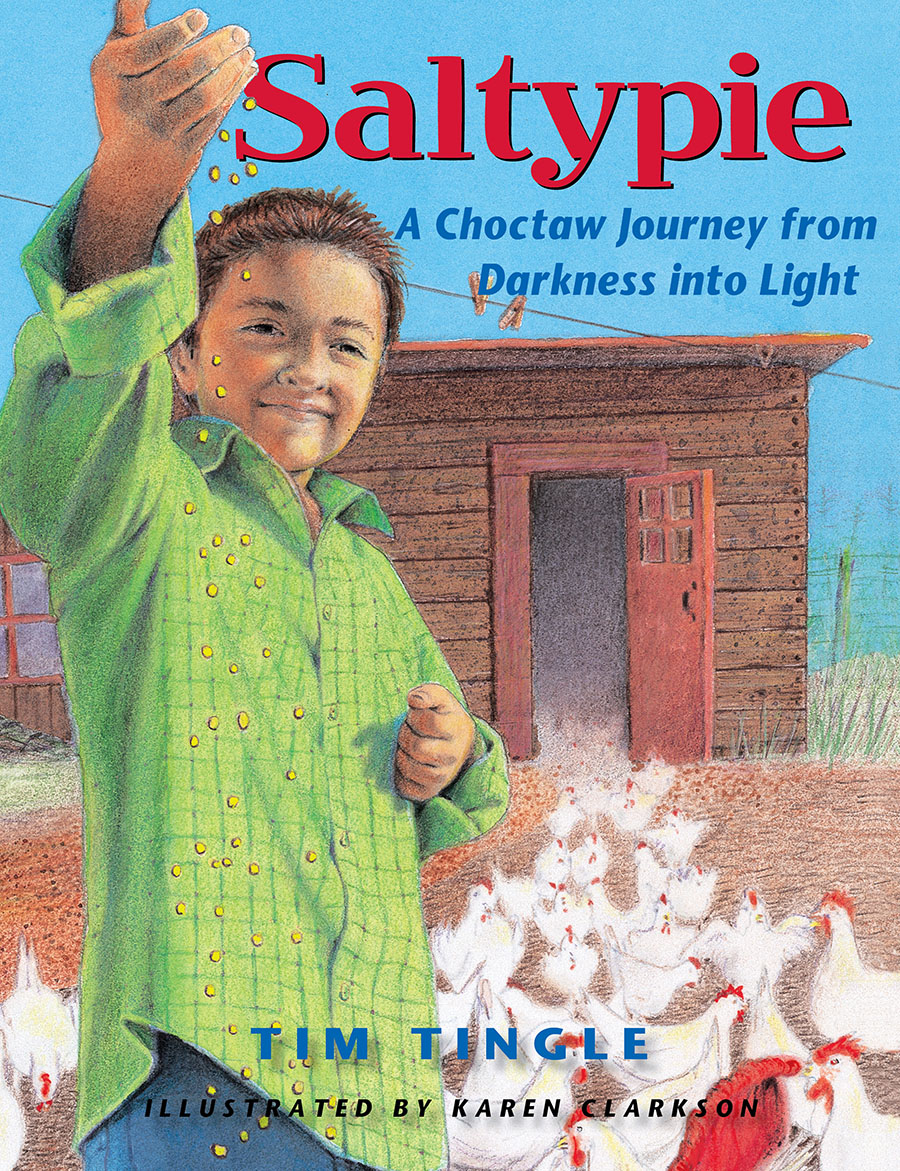
Saltypie is the sweet taste of Choctaw tears in this powerful American Indian Youth Literature Award Honor picture-book memoir.
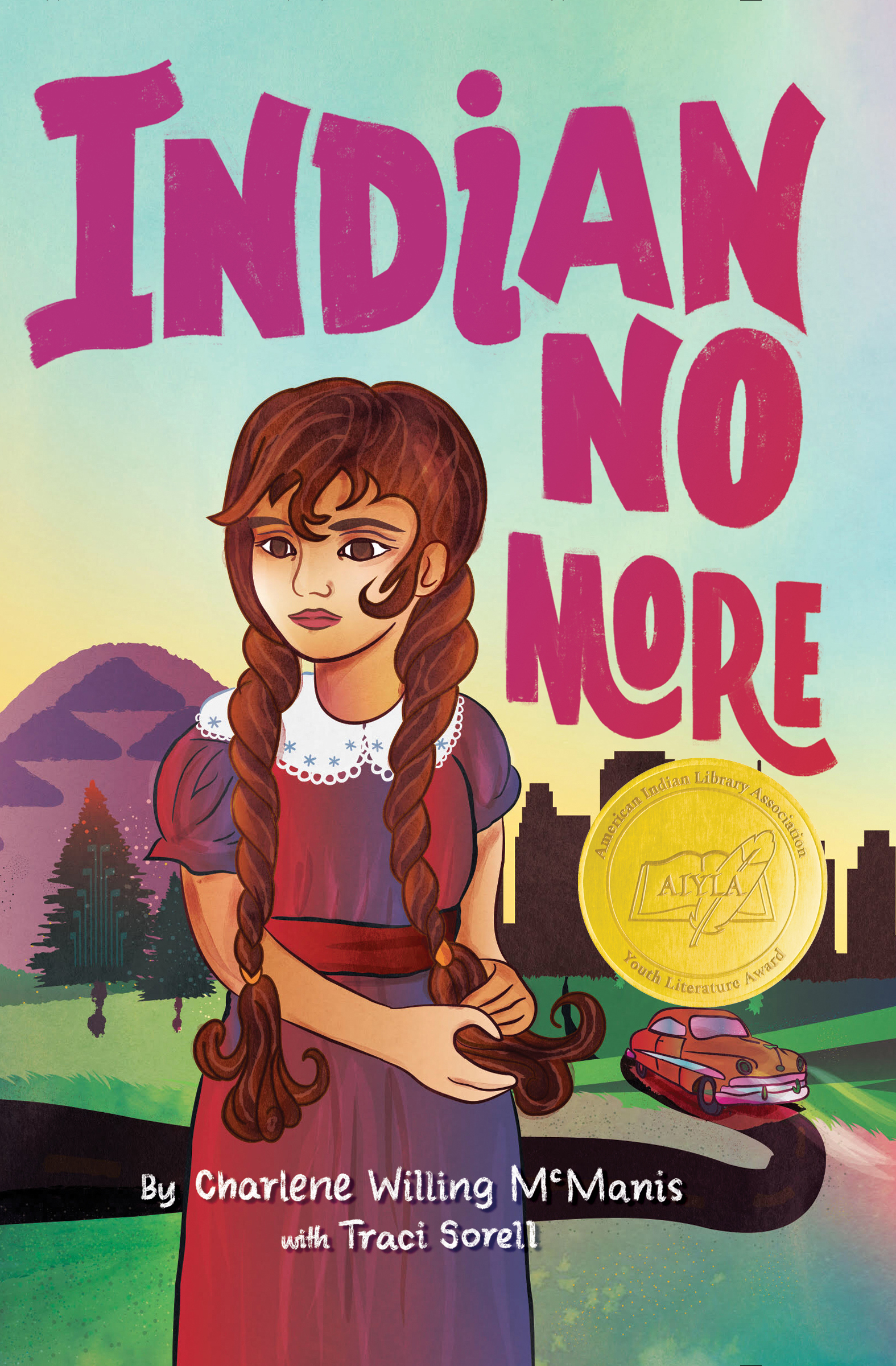
⭐ "What begins as a story of displacement quickly turns into a story of childhood fun and antics colored by Umpqua culture and the racial tensions of the civil rights movement set in the lively and culturally diverse city of L.A." —Booklist, starred review
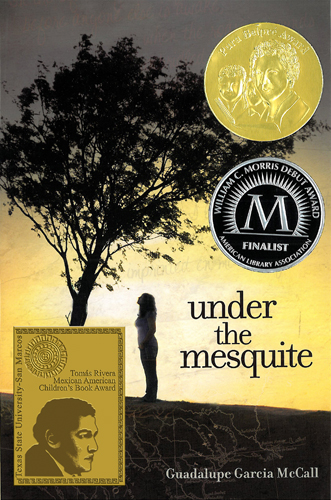
In this Pura Belpré Author Award Winner and William C. Morris YA Debut Award Finalist, Lupita, a budding actor and poet in a close-knit Mexican American immigrant family, comes of age as she struggles with adult responsibilities during her mother’s long illness.
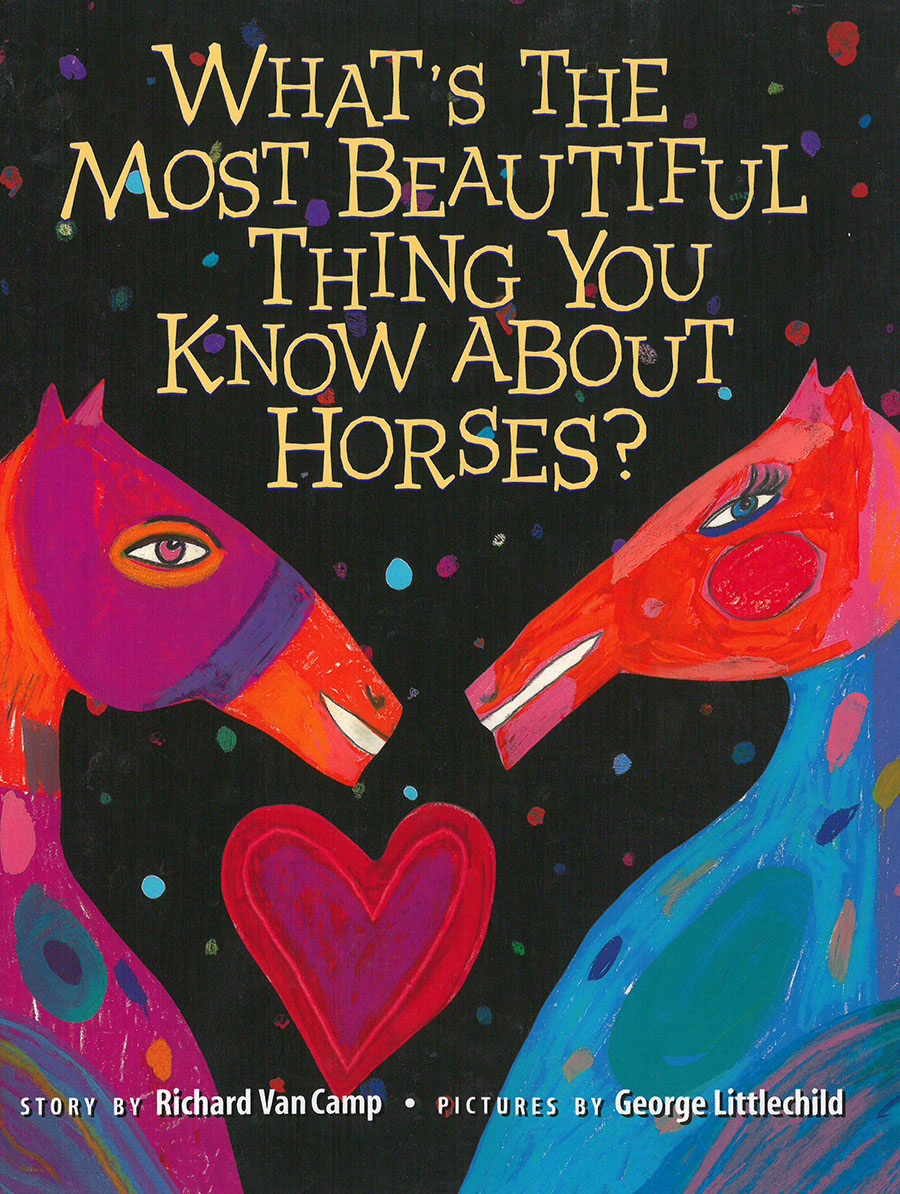
Accompany author Richard Van Camp, member of the Dogrib (Tlicho) Nation, as he asks his family, his friends, and even the artist, George Littlechild, what is the most beautiful thing they know about horses.
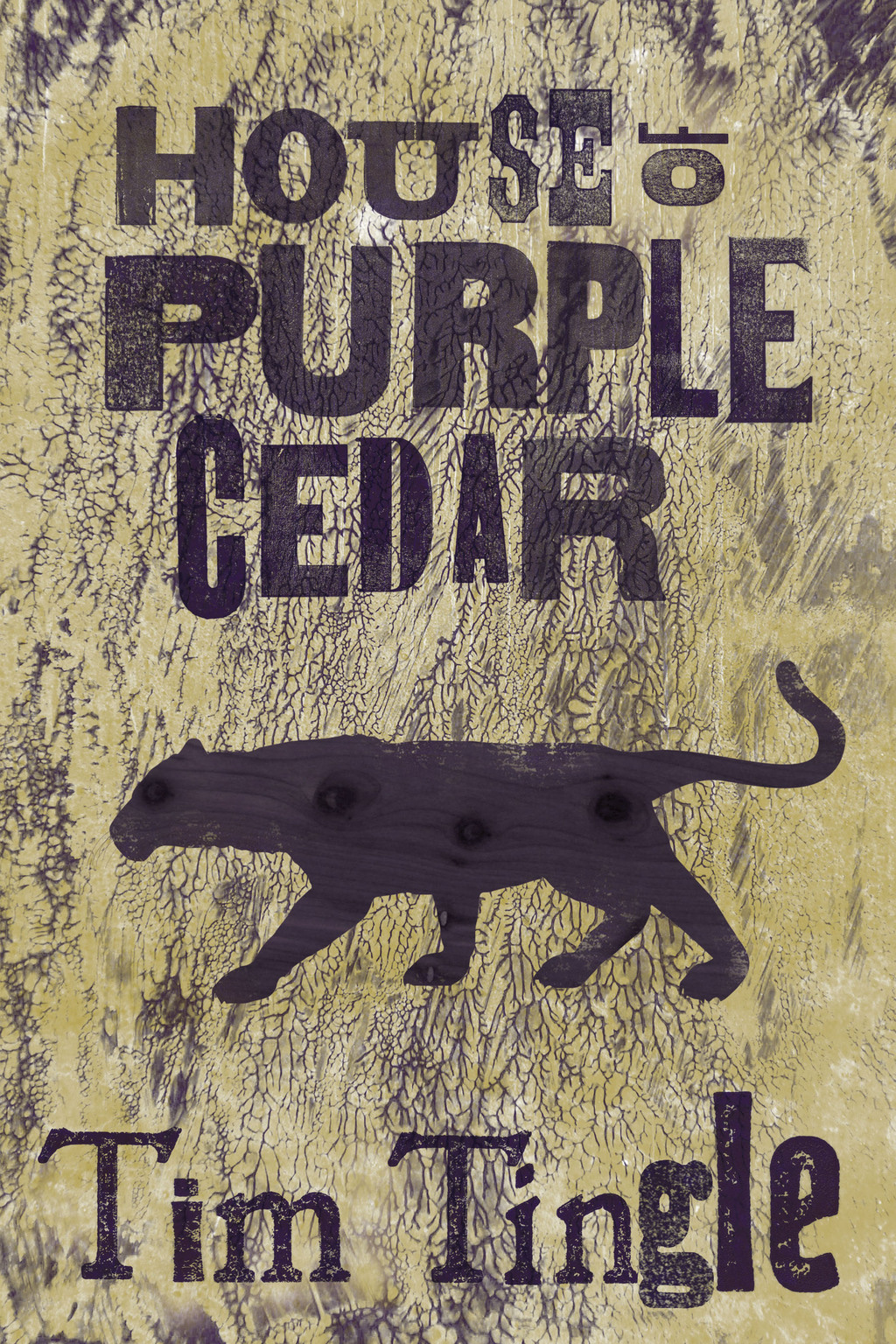
⭐ "Deeply poetic. . . and gently spiced with dialect, making this a feast for gourmets of good storytelling." —Bulletin of the Center for Children's Books, starred review







